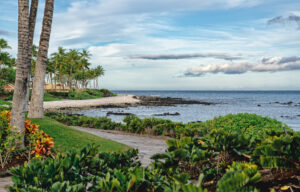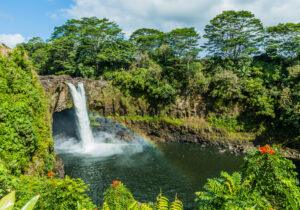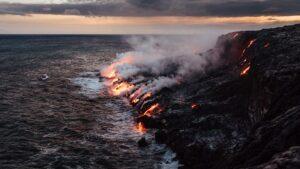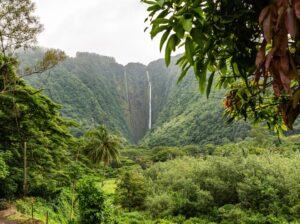Our newest and most active hike Volcano Hike Adventure is a good way to see the best of the
Big Island up close and personal. Travel to and from the hiking spots in comfort and luxury.
Here’s some advice from Hiking Guy on essentials for hiking gear.
The ten essentials are the ten pieces of gear that every hiker should bring out when them on the trail, whether on a short hike or multi-month through hike. The ten essentials were invented in the 1930s to help people enjoy the outdoors safely. It was an era before helicopter evacuations and satellite beacons; the ten essentials were designed to help folks stay alive outside. Today the ten essentials still hold true at their core, but can be improved upon with the help of new gear and technology. Here’s my take on the hiking essentials; this is what I take on every hike and what you should too.
- Navigation Tools – Electronic & Paper
- Hydration – Bladder & Portable Filter
- Nutrition – Dense Superfoods
- Sun Protection – Sunscreen
- Insulation – Shell & Fleece
- Illumination – Headlamp
- First-Aid
- Fire – Fire Starter, Magnifying Glass, Outdoors Lighter
- Repair Gear
- Shelter – Emergency Bivy
- Bonus Essential – Signalling Device
Today technology has made hiking much easier. Smartphones allow you to map and overlay weather in real time. LED bulbs are bright and last thousands of hours. There’s a lot of great technology out there that’s helpful. That is, until it fails. So when I pack the ten essentials, I generally include two options, a high-tech version that works great, and an old-school version that works if the high tech version fails. The small size and low weight of hiking gear today makes this possible.
Navigation
Navigation and maps might be the most important hiking essential. If you know where you are, you should know how to get home. If you’re lost, you’re in trouble. In this case I actually use several devices.
- GPS watch with track loaded
- Dedicated backup GPS device with maps loaded
- Smartphone app with offline maps (make sure you’re in airplane mode)
- Paper topographic maps
- Guidebook or hike printout
- Compass to navigate with paper
Sun Protection
This is pretty straightforward. Use sunscreen and SPF protected clothing to avoid sunburn (and sun poisoning). I also carry a tarp and cord in my pack so I can erect a shade shelter if need be.
Sunglasses come in handy when I’m hiking in very bright environments that are pretty common in snow, mountains, and desert conditions. Snow blindness, or photokeratitis, is sun-burn for your eyes, and can happen without snow. I’ve had it; it makes it very hard to see in general. If you’re in bright conditions, sunglasses are a smart move, even if you don’t think you need them.




